
Migros Museum
World-famous artist
Korean installation artist Haegue Yang is coming to the Migros Museum in Zurich with a solo exhibition.
navigation
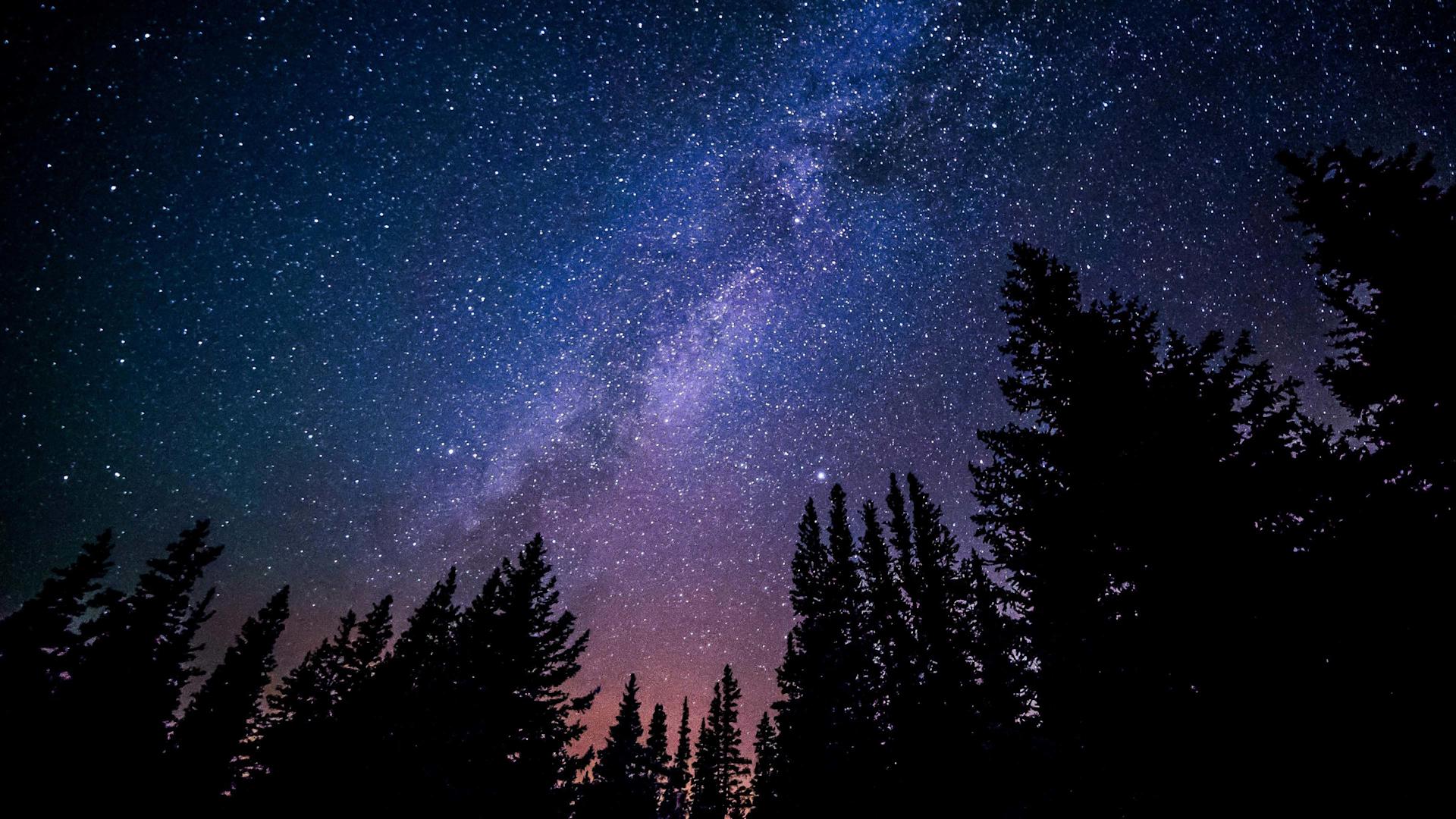
Migros Culture Percentage
Are you able to spot the Plough but not pick out Sagittarius or Cygnus? Our celestial chart will enable you to spot even more constellations.
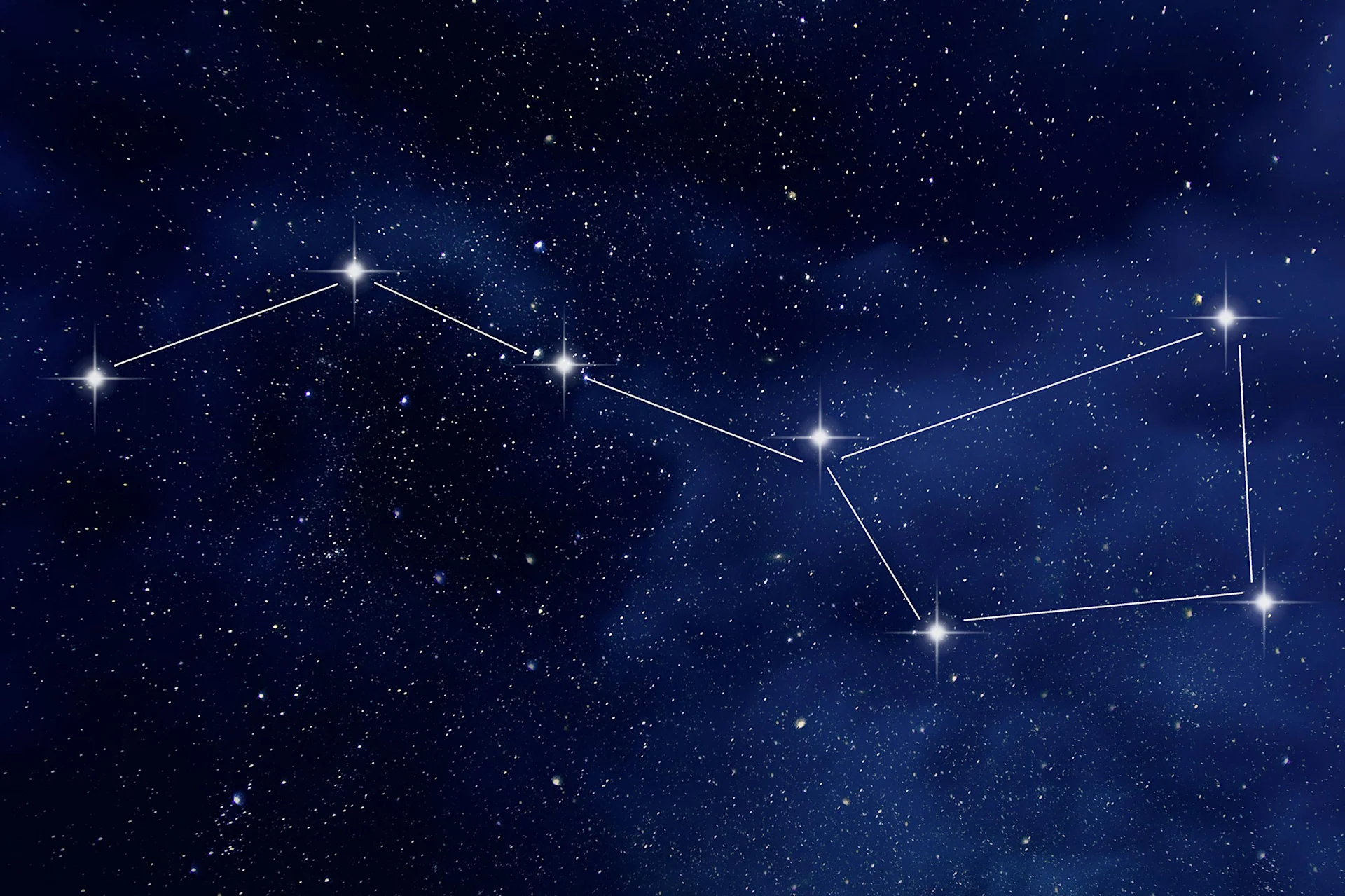
You’ll find this famous constellation in the north-west. If you don’t have a compass on your mobile phone, look in the direction where the sun sets in the evening and then turn your head slightly to the right. The Plough is halfway between the horizon and the zenith (the point above your head): the ‘body’ is at the bottom and the ‘handle’ at the top. The Plough is part of the Ursa Major constellation. However, the stars making up the head and paws shine much less brightly. It has to be very dark all round to make them out.
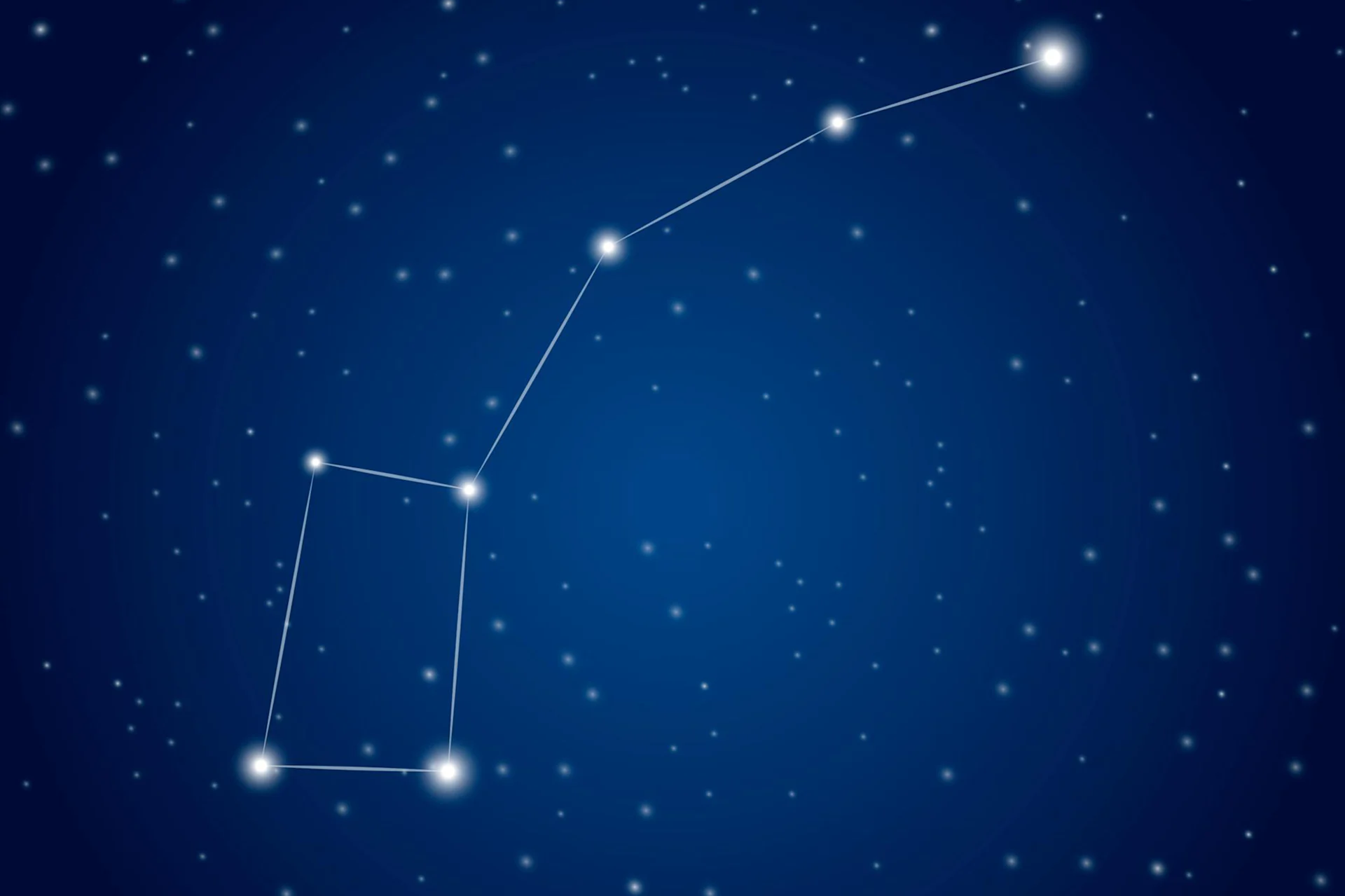
You can get to the next constellation by extending the front edge of the body of the Plough five times in a straight line. This will take you to the bright North Star. This forms the tail end of Ursa Minor. The North Star lies almost on the Earth’s axis so the entire sky appears to revolve around it (anti-clockwise) due to the Earth’s rotation. The North Star remains motionless in its position – and always points reliably to the north.
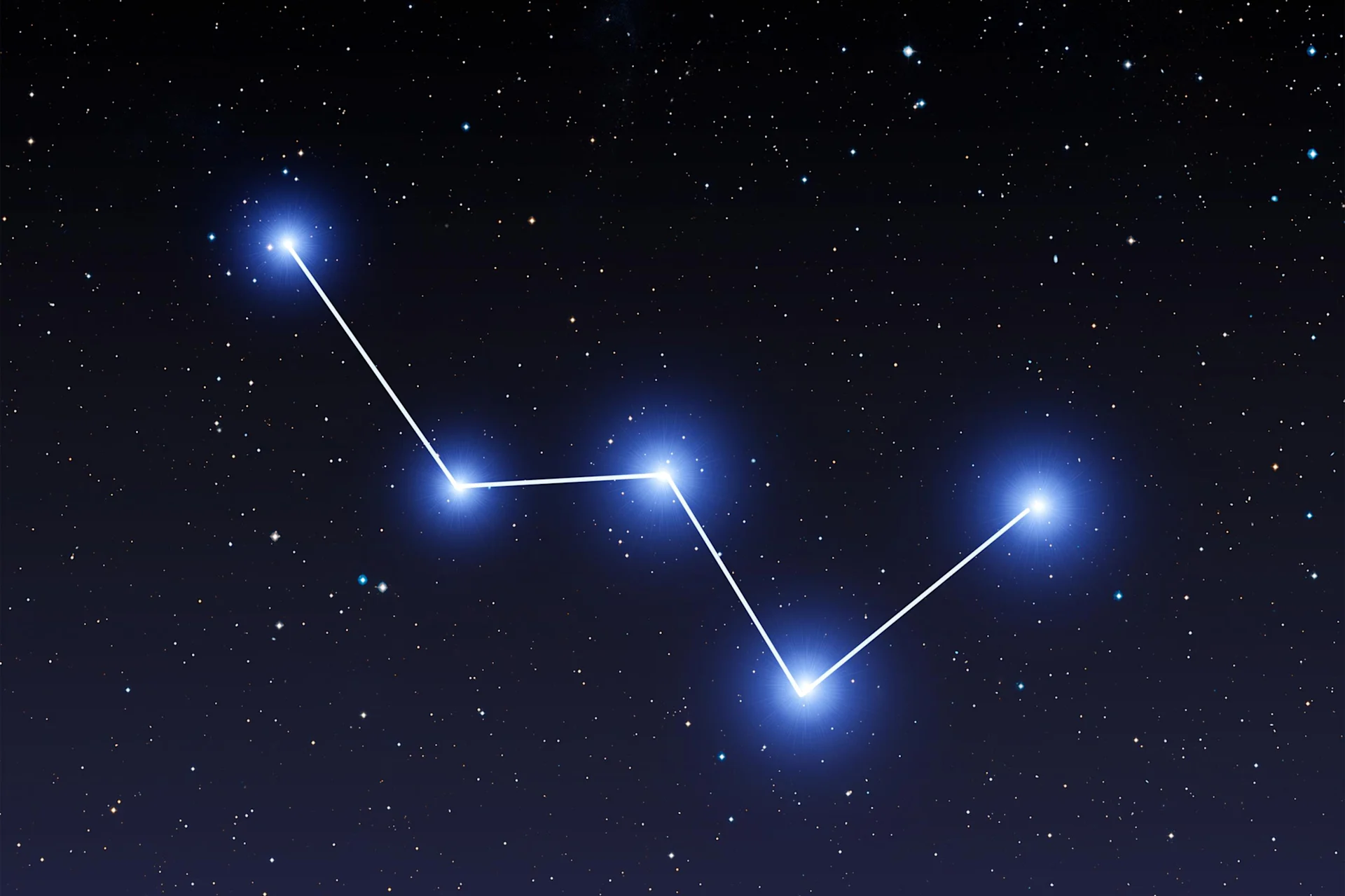
To the right of Ursa Minor is the Cassiopeia constellation. Its five main stars create a striking zigzag pattern, which is why it is known as the ‘Celestial W’. (In winter, the constellation is inverted and forms an ‘M’ shape.) Looking down from the left end of the ‘Celestial W’, you will spot a chain of stars. This is part of the Perseus constellation which isn’t fully visible in the early part of the night. This is where the Perseids – an annual meteor shower that takes place in the first half of August – appear in the sky. Most shooting stars fall on 12 and 13 August –which is coming up soon!
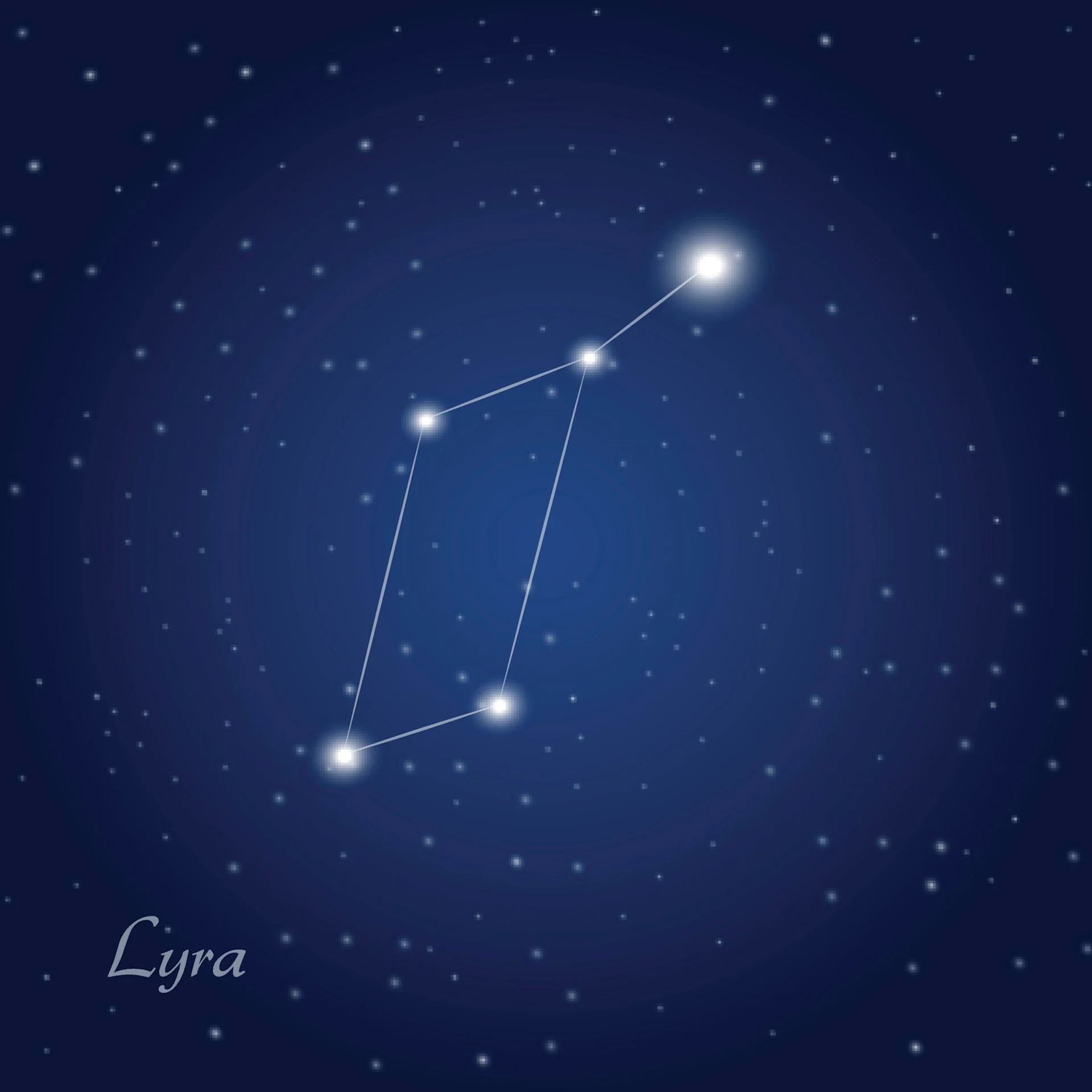
Direct your gaze from the Perseus constellation directly up to the zenith. Here you’ll see the Vega, the brightest star in the night sky at the moment. It’s the main star of the small Lyra constellation. It shines so brightly because it is relatively close to the Earth for a star – ‘just’ 25 light years away. Vega also produces a hundred times more light than our sun.
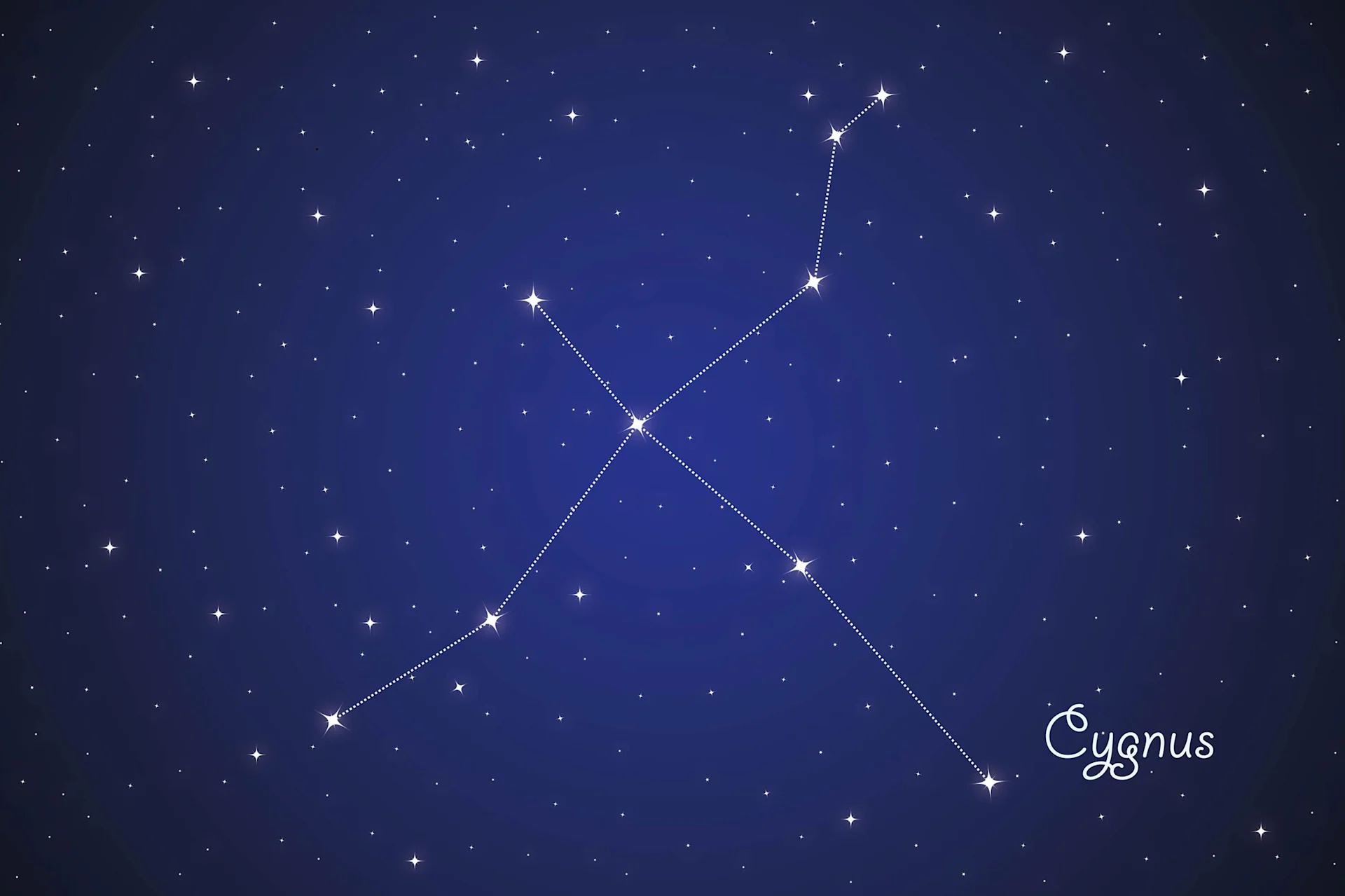
The Deneb, another bright star, can be seen to the left of the Vega. It forms the tail of the Cygnus constellation. As the stars forming the head and wing tips only shine dimly, only a cross-shaped pattern can usually be seen in the sky.
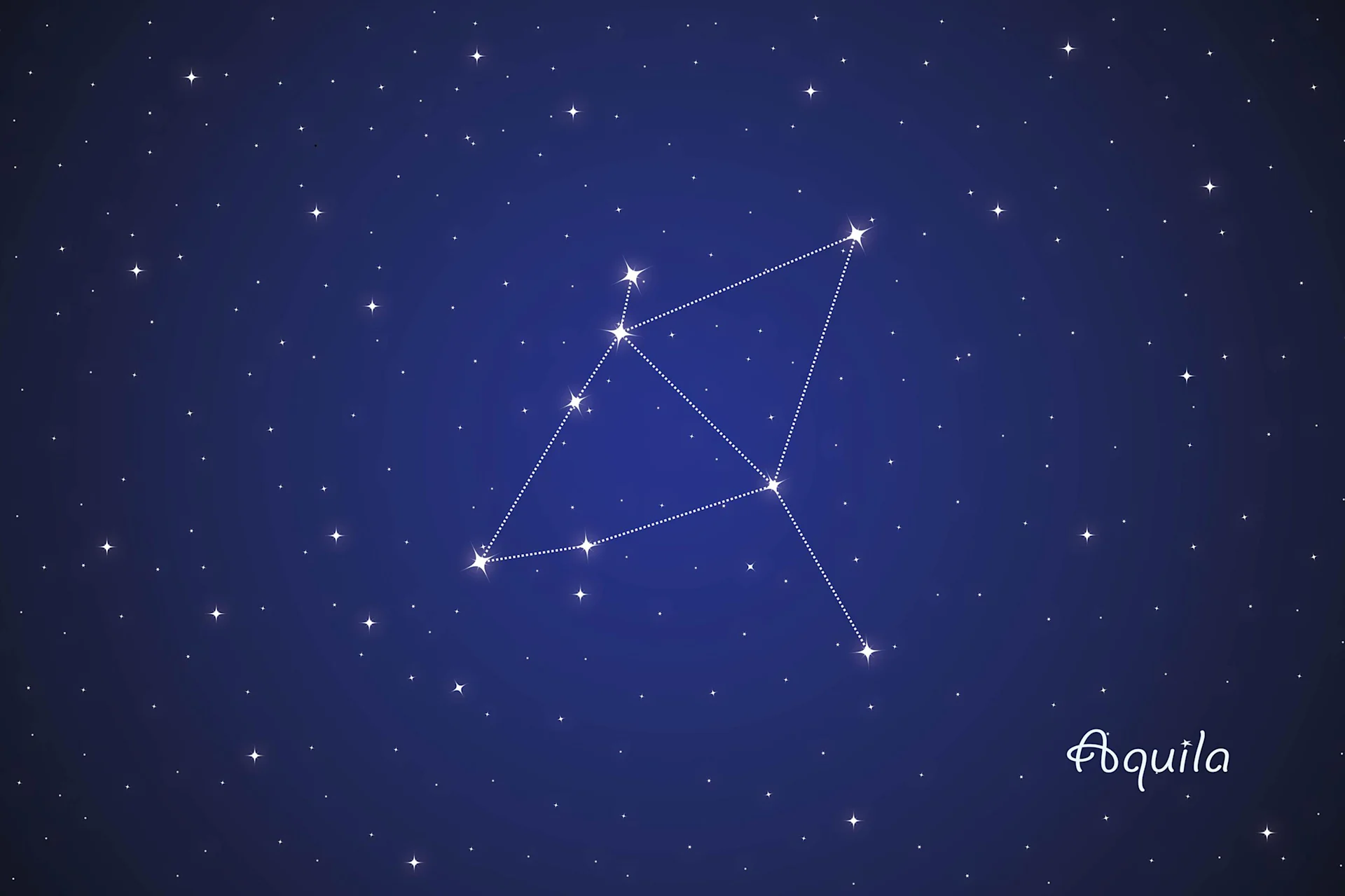
To the south-east of Vega and Deneb, there’s another bright star in the sky: Altair marks the head of the Aquila constellation. Together with Deneb and Vega, it forms the Summer Triangle. All three stars have similar brightness, but are at very different distances from Earth: Altair is 17 light years away from us, Vega 25 light years and Deneb as far as 1,400 light years away.
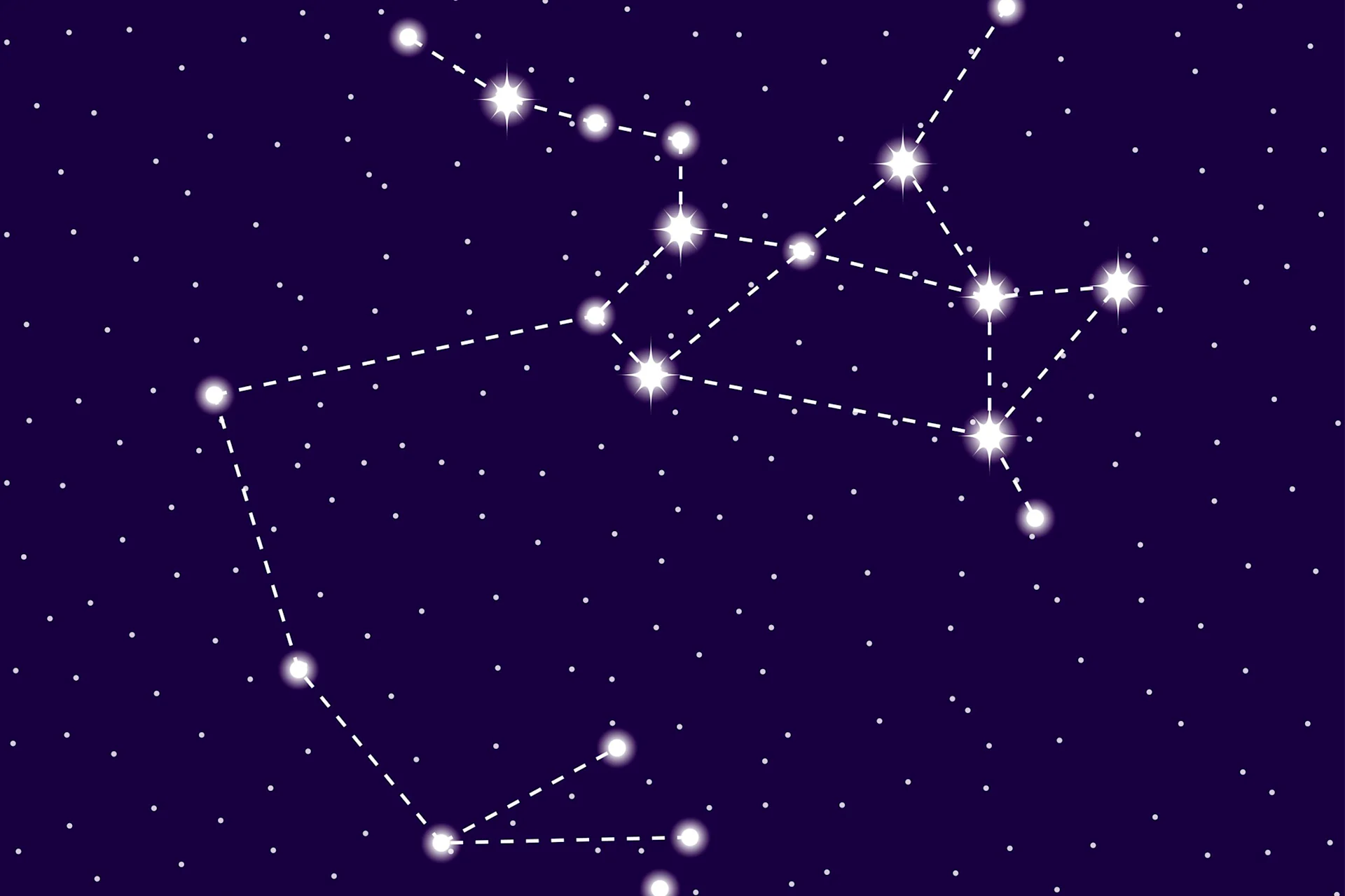
If you follow the body line of the eagle shape in the Aquila constellation downwards, you end up in the Sagittarius constellation. This is located near the horizon and can currently only be seen up to chest level in the sky. The best view of Sagittarius is from the mountains – with a clear view to the south. On the right-hand side of the constellation, where the bow is drawn, the Milky Way – which looks like a bright, cloudy band – can be spotted on very clear, dark nights.
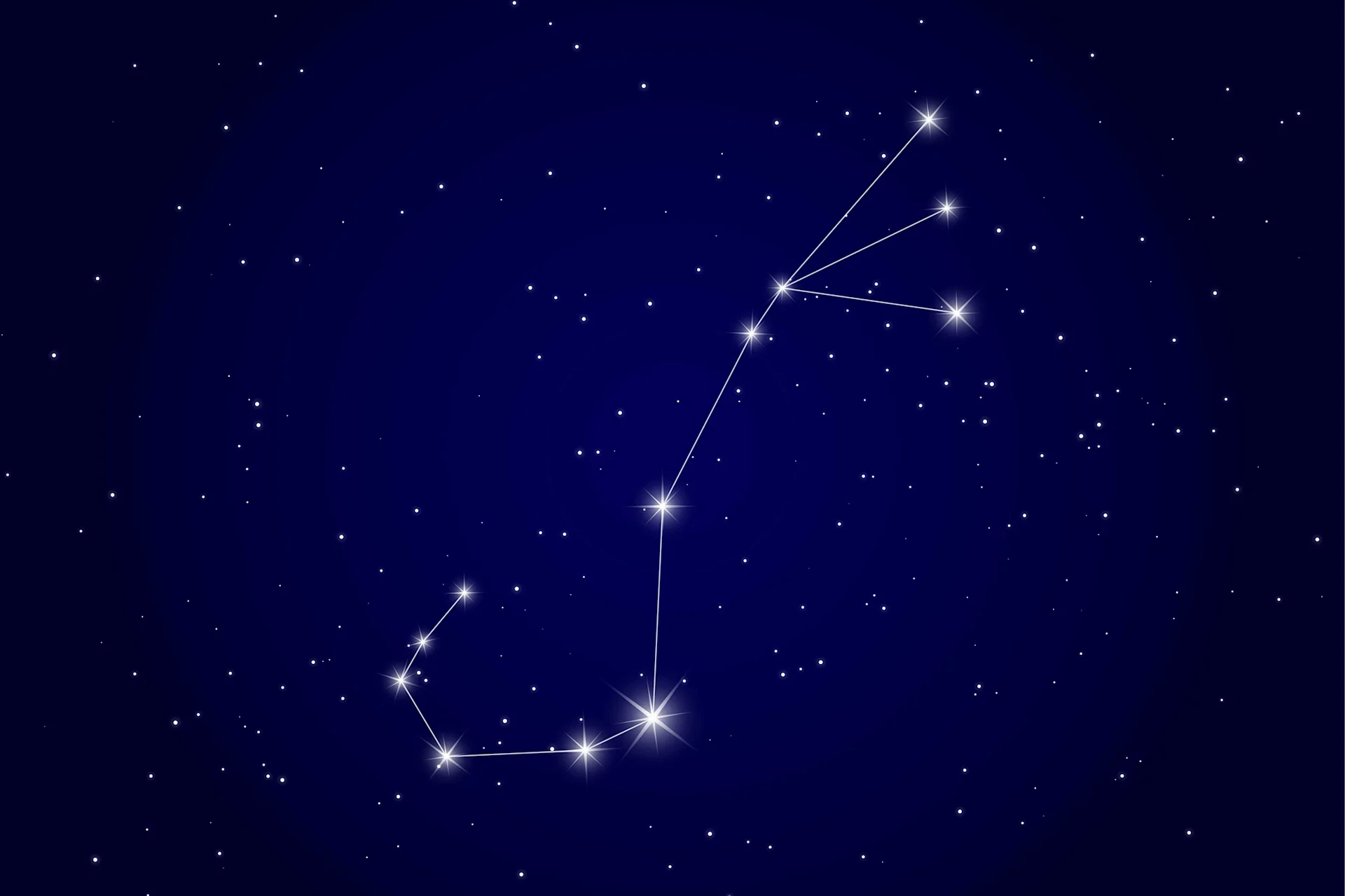
To the right of Sagittarius, also low on the southern horizon, is the Scorpius constellation. In Switzerland, we can only see the upper part of it with the main star Antares, which glows orange, representing the head and the three other stars forming the crown. The rest lies below our horizon.
We have been committed to society and culture for more than 80 years . Explore our wide range of activities and be inspired.